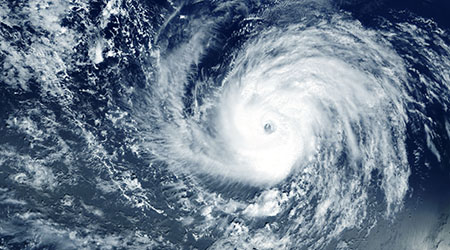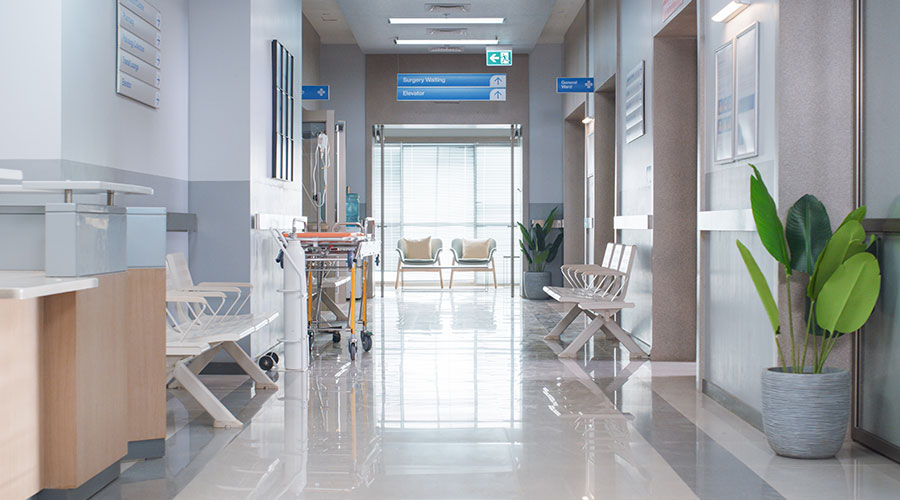Peak tropical storm season is on the way, which means potential down times for healthcare facilities. Healthcare systems should always be assessing the strength of their disaster preparedness procedures. Critical infrastructure, information technology operations and patient care can be heavily affected by the presence of a tropical storm, according to HealthTech.
A healthy power management infrastructure is a vital part of disaster preparedness. Prevention and visibility are important for ensuring that healthcare systems always have their power on. Having uninterruptible power supplies that serve as backup power helps keep IT operations stable during disasters. Lithium-ion batteries help to extend the battery life of these power supplies and are now more widely available.
Having software that provides reinforced visibility and control from remote locations is very important considering many health systems don’t have onsite support staff much of the time. Systems that use cloud-based software understand this and can maintain control over their essential power infrastructure. Remote monitoring and predictive analytics help hospital IT divisions to evaluate equipment health and perform the proper maintenance on disabled components before they fail.
Healthcare facilities can’t forget about cybersecurity and physical security measures when it comes to disaster preparedness. Patient data and privacy are vulnerable in the event of a natural disaster. Technologies like the UL 2900-1 and IEC 62443-4-2 are recommended to protect against uninterruptible power supply attacks. Physical security like smart security locks on IT racks can safeguard power management equipment and make sure it can only be accessed by the right people.
Ultimately, critical power protection is something that should be thought of all the time by healthcare systems, especially during the tropical storm season. IT departments should take the time to prepare for such disasters using the aforementioned tips. Implementing flexibility and resiliency into critical power infrastructure allows healthcare providers to continue their duties even in the event of a disaster.

 Building Disaster Resilience Through Collaboration
Building Disaster Resilience Through Collaboration Amae Health Expands to New York City
Amae Health Expands to New York City Hospital for Special Surgery Opens Two New Facilities in New Jersey
Hospital for Special Surgery Opens Two New Facilities in New Jersey Should We Be Testing Toilet Water in Patient Restrooms?
Should We Be Testing Toilet Water in Patient Restrooms? Healthcare Union Petitions for Increased Staff Safety at HCA Florida Hospitals
Healthcare Union Petitions for Increased Staff Safety at HCA Florida Hospitals